The Rail Gangway Market is characterized by a combination of innovative designs, growing technological advancements, and a heightened focus on passenger safety and comfort. This market has seen increased competition among various players who are striving to enhance their product offerings and market presence. As rail transportation continues to evolve, the demand for more effective and efficient gangway solutions grows.
The competitive landscape is shaped by several factors, including manufacturers' capabilities, technological expertise, customer service quality, and strategic partnerships. Players are increasingly focusing on research and development to create solutions that not only meet regulatory requirements but also address the changing needs of operators and passengers alike.
As market dynamics shift in response to urbanization trends and environmental concerns, companies are also looking at ways to make their offerings more sustainable, thus influencing their position within the market.
Stadler Rail has carved out a solid competitive niche within the Rail Gangway Market, backed by its reputation for high-quality manufacturing and innovative engineering. As a leader in the rail industry, Stadler Rail's strengths include a robust portfolio of rail solutions that emphasize durability and efficiency.
The company is well-regarded for its commitment to integrating advanced technologies into its gangway systems, ensuring seamless connectivity between train units while enhancing passenger safety. Additionally, the company benefits from a strong international presence, enabling it to address diverse customer requirements across different regions.
By focusing on customer-centric designs and actively engaging with stakeholders, Stadler Rail remains a formidable competitor that continues to drive market trends and set benchmarks for performance and reliability in rail gangway systems.
On the other hand, Torotrak distinguishes itself through its innovative approach to rail gangway technology, emphasizing sustainability and efficiency within the Rail Gangway Market. The company is known for developing advanced systems that promote energy efficiency and reduce overall operational costs.
Torotrak's strength lies in its emphasis on research and development, allowing it to introduce groundbreaking solutions that align with modern rail transport demands. Its commitment to sustainability not only enhances its market appeal but also positions the company favorably among environmentally conscious customers.
By leveraging its technical expertise and focusing on long-term partnerships, Torotrak aims to create value-driven solutions that contribute to the ongoing evolution of rail transport while addressing the critical challenges faced by operators worldwide.



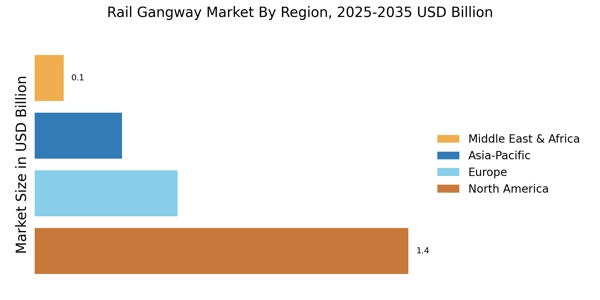
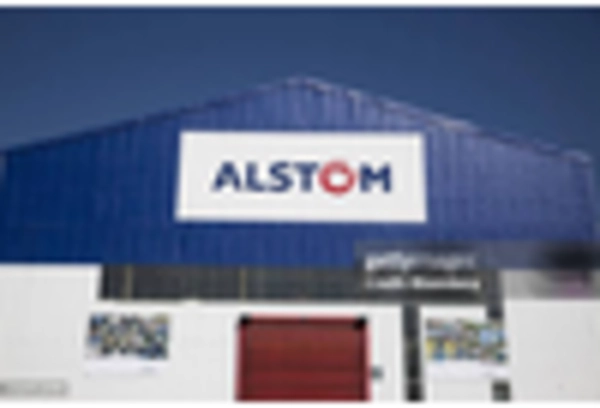
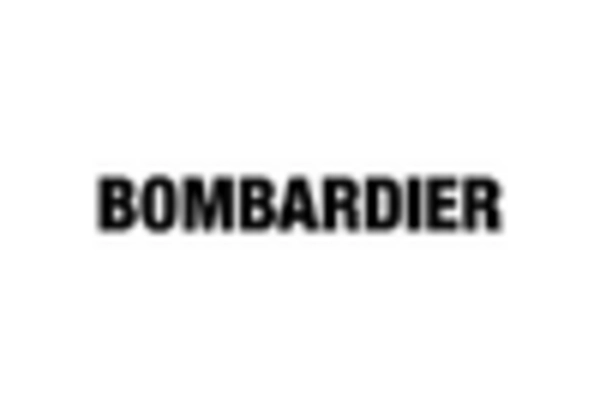

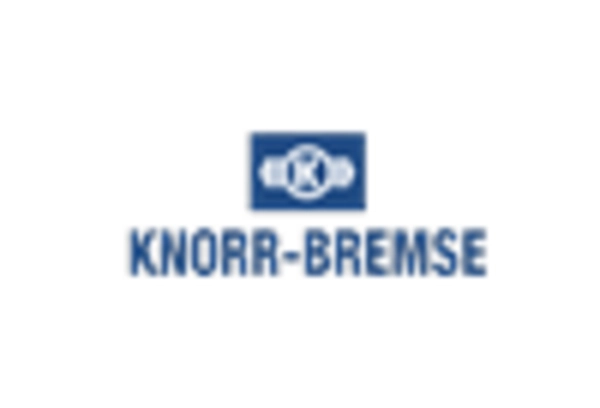

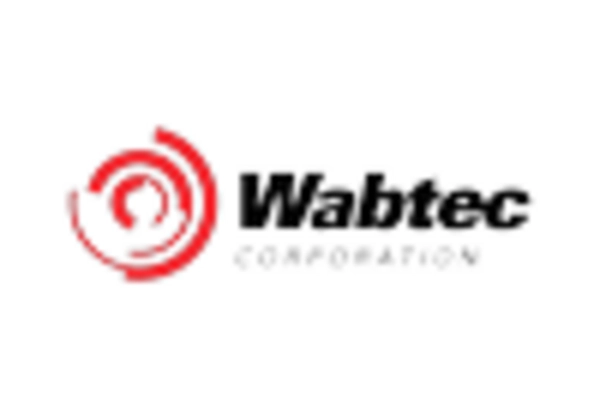








Leave a Comment